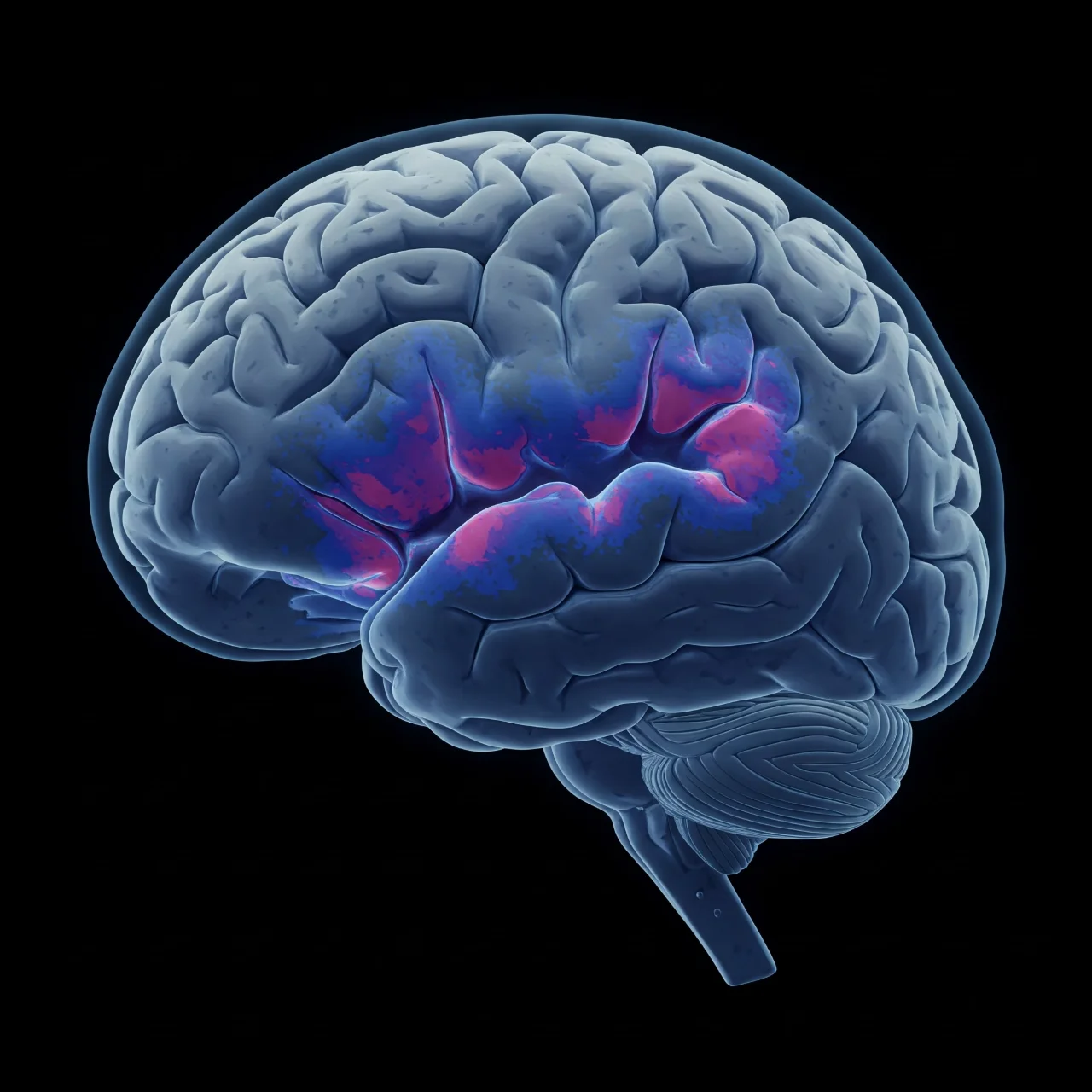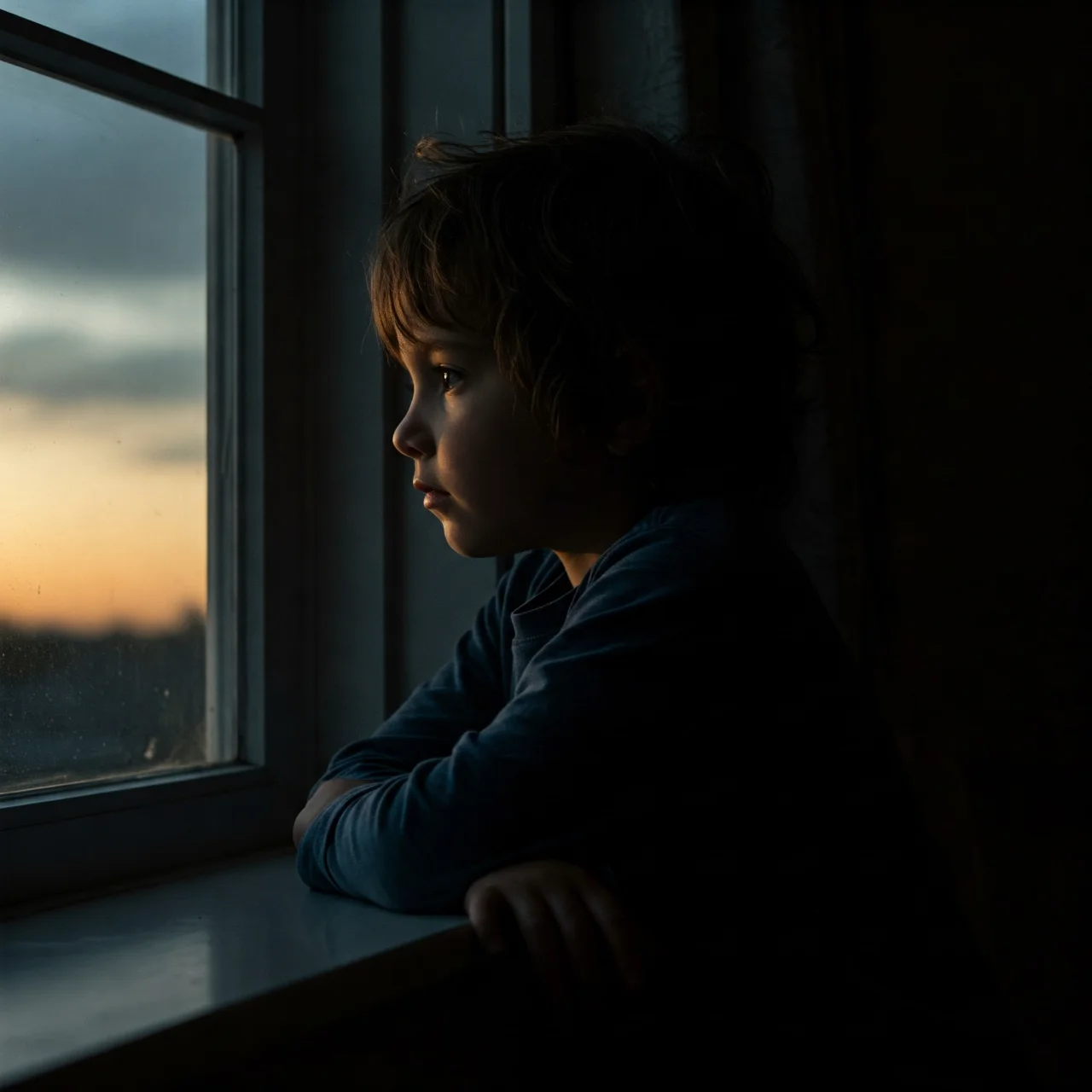How Stress Changes Your Brain (and 5 Science-Backed Ways to Reverse It)

The Silent Epidemic: Depression's Prevalence is Staggering
Globally, over 280 million people experience depression. It's not simply 'feeling sad'; it's a serious medical illness that impacts thoughts, feelings, and behavior. What's truly alarming is that many suffer in silence, unaware they have a treatable condition. Early identification and intervention are vital for recovery. It affects people of all ages, genders, and backgrounds.
Depression Isn't Just a Mood – It Changes Your Brain

Brain scans reveal that depression is linked to physical changes in brain structure and activity, particularly in areas controlling mood and motivation. These changes can affect neurotransmitter levels like serotonin, dopamine, and norepinephrine. This demonstrates that depression is a biological illness, not a personal failing.
Men and Women Experience Depression Differently

While women are diagnosed with depression more frequently, men often exhibit it through anger, irritability, recklessness, and substance abuse, masking the underlying sadness. This leads to underdiagnosis in men, contributing to higher suicide rates. Recognizing diverse presentations is crucial for effective support.
Gut Health and Mental Health Are Intricately Linked
Emerging research highlights the 'gut-brain connection.' The bacteria in your gut influence mood, anxiety, and even depression. A diet rich in processed foods can negatively impact gut health, potentially worsening mental health symptoms. Focusing on a balanced diet is a beneficial strategy alongside therapy.
Seasonal Affective Disorder (SAD) is More Common Than You Think

SAD, or 'winter blues,' affects an estimated 10% of the population. Reduced sunlight disrupts the body’s internal clock and serotonin levels, leading to symptoms of depression. Light therapy and Vitamin D supplementation can be effective treatments. [Source: Mayo Clinic - https://www.mayoclinic.org/diseases-conditions/seasonal-affective-disorder/symptoms-causes/syc-20355946]
Exercise is a Powerful Antidepressant

Regular physical activity releases endorphins, natural mood boosters, and can be as effective as medication for mild to moderate depression. Exercise also reduces inflammation and improves sleep, further supporting mental wellbeing. It doesn't require a gym – a brisk walk can make a difference.
Sleep Deprivation Significantly Increases Depression Risk
Chronic lack of sleep disrupts brain function and hormone regulation, making individuals more vulnerable to depression. Aim for 7-9 hours of quality sleep per night. Establishing a regular sleep schedule and creating a relaxing bedtime routine can drastically improve mood and resilience.
Creativity and Depression Often Co-Exist

There's a compelling link between creativity and mental illness, including depression. Some studies suggest individuals with creative tendencies have increased emotional sensitivity and a tendency towards introspection, which can sometimes fuel depressive thoughts. However, creativity can also be a powerful outlet.
Depression Can Manifest Physically
It's not just in your head. Depression often presents with physical symptoms like fatigue, chronic pain, headaches, digestive problems and changes in appetite. These physical manifestations can be easily overlooked, delaying diagnosis and treatment. Paying attention to your body's signals is vital.
Social Isolation Worsens Depression

Humans are inherently social creatures. Loneliness and social isolation exacerbate depressive symptoms and hinder recovery. Maintaining meaningful connections with others – family, friends, community groups – provides vital support and a sense of belonging. Prioritize social interaction.
The Stigma Around Depression Prevents People From Seeking Help
The stigma associated with mental illness is a major barrier to treatment. Fear of judgment, discrimination, and shame often prevents individuals from reaching out for help. Challenging these stigmas through open conversations and education is essential to promote mental wellbeing.
Children and Teenagers Can Experience Depression

Depression isn't just an 'adult' illness. Symptoms in children and teens can manifest differently – irritability, acting out, school difficulties. Early detection and intervention are crucial to prevent long-term consequences. [Source: National Institute of Mental Health - https://www.nimh.nih.gov/health/topics/child-and-adolescent-mental-health]
Depression is Often Co-Occurring with Other Mental Health Conditions
It's common for depression to occur alongside anxiety, PTSD, eating disorders, and substance use disorders. Addressing these co-occurring conditions simultaneously improves treatment outcomes. A comprehensive approach to mental health care is vital.
Medication Isn't Always a Lifetime Commitment
Antidepressants can be incredibly effective, but they aren't necessarily a lifelong requirement. Treatment plans should be individualized, and medication can often be tapered off under a doctor’s supervision after a period of stability. Therapy remains a crucial component of long-term wellbeing.
The Placebo Effect Can Play a Role in Depression Treatment

Research shows a significant placebo effect in depression treatment, meaning that a person’s belief in the treatment's effectiveness can contribute to improvement. This underscores the importance of a strong therapeutic relationship and a positive mindset.
Trauma Can Significantly Increase Depression Risk
Experiences like childhood abuse, neglect, or witnessing violence can profoundly impact mental health. Trauma alters brain development and increases vulnerability to depression. Trauma-informed care and therapy are essential for healing and recovery.
Mindfulness and Meditation Can Reduce Depressive Symptoms

Practicing mindfulness – paying attention to the present moment without judgment – can help regulate emotions and reduce ruminative thinking. Regular meditation can alter brain structure, increasing grey matter in areas associated with emotional regulation.
Depression Can Impact Your Financial Health
Depression can lead to decreased productivity, job loss, and difficulty managing finances. The financial strain can, in turn, worsen depressive symptoms, creating a vicious cycle. Addressing both mental and financial wellbeing is crucial for recovery.
There is Hope: Depression is Treatable

Despite its seriousness, depression is a highly treatable condition. A combination of therapy, medication, lifestyle changes, and social support can significantly improve quality of life. Recovery is possible, and seeking help is a sign of strength, not weakness.
Cultural Factors Influence Depression’s Presentation and Stigma

The way depression is perceived and expressed varies across cultures. In some cultures, emotional distress is somatized (experienced as physical symptoms) more than others. Stigma can be particularly strong in certain communities, hindering help-seeking behavior.
Comments
Loading comments...